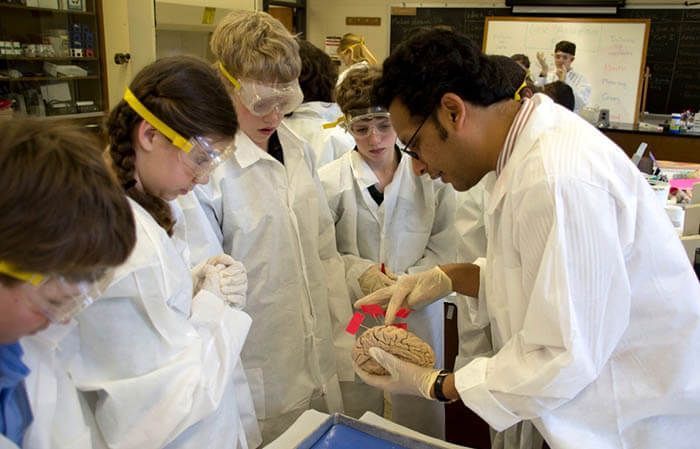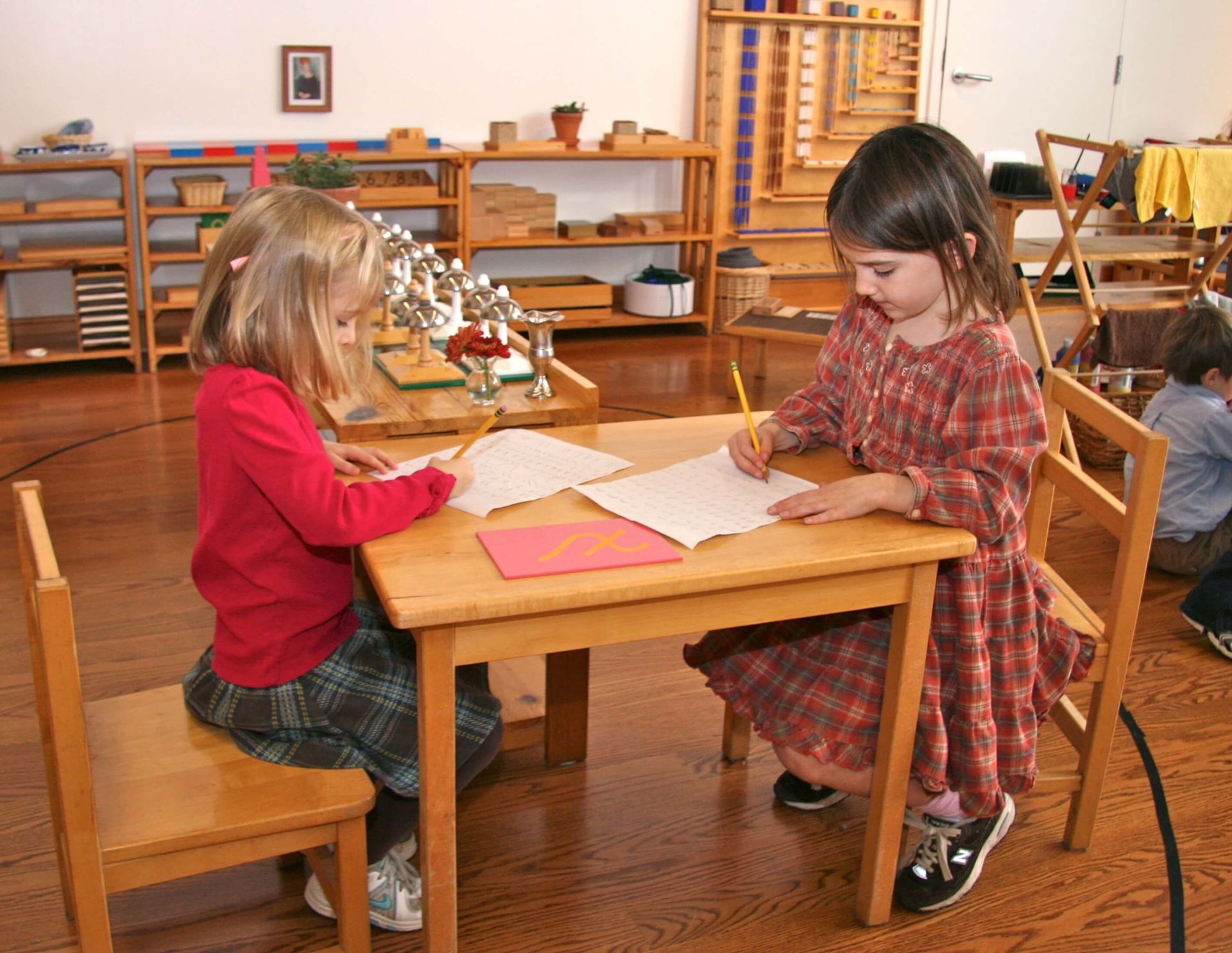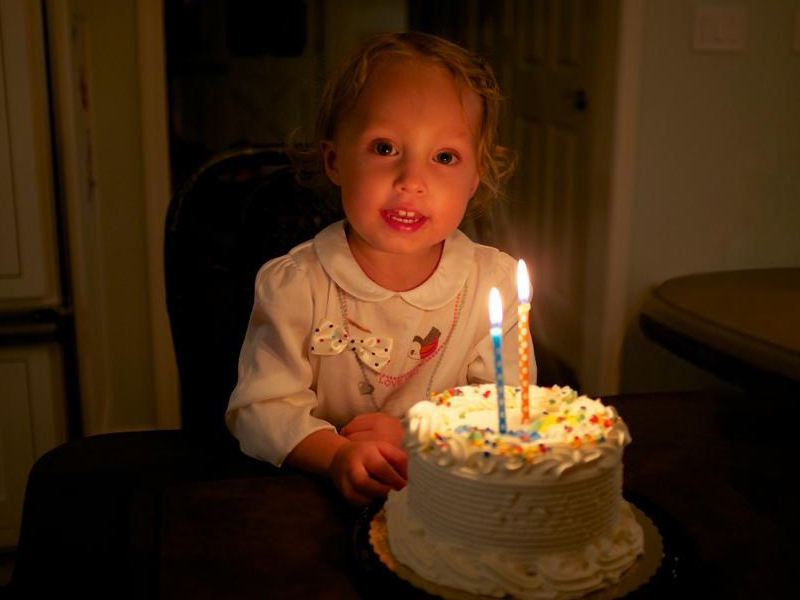
As technology develops and allows scientists to study the brain in new ways, Maria Montessori's theories are finally being validated by modern science. In this article for The NAMTA Journal, Paula Polk Lillard surveys the work of neuroscientists of our time and celebrates the fact that "we can now have hard evidence that human beings construct their own brains in collaboration with their environment, just as Montessori proposed one hundred years ago."
In this enthusiastic dinner presentation to the Fourth Adolescent Colloquium, Paula Polk Lillard surveyed the work of neuroscientists of our time, which concurs in every way with the developmental perspective of Montessori education. “We can now have hard evidence that human beings construct their own brains in collaboration with their environment, just as Montessori proposed one hundred years ago.” Furthermore, as Montessori education continues to expand into the frontier of the Third Plane, it is crucial to keep in mind that the forebrain, seat of judgment and self-control, is still being developed during adolescence.
Paula Polk Lillard is the founder and Head Emeritus of Forest Bluff School. She has authored several books on Montessori theory and education and is a frequent speaker and contributor to Montessori journals and publications.
Click here to read the full NAMTA article.


